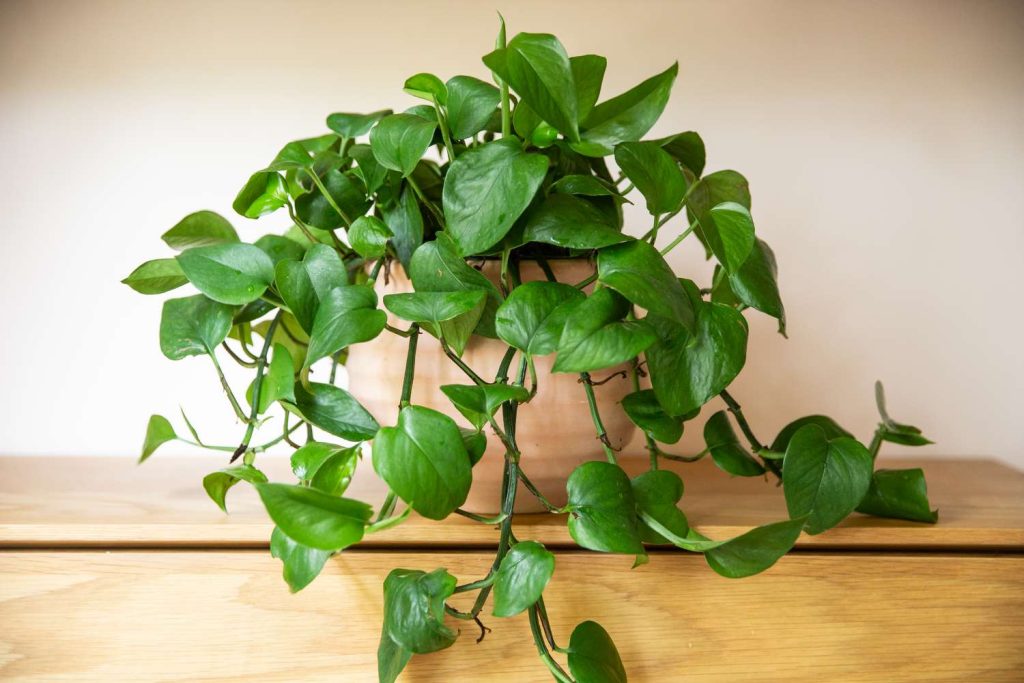The Best Plants for Indoor Gardening

Indoor gardening is a wonderful way to bring nature into your home, enhance your living space, and enjoy the numerous benefits that plants offer. Whether you have a green thumb or are a beginner, choosing the right plants for indoor gardening is essential for creating a thriving and beautiful indoor garden. Here are some of the best plants for indoor gardening that are easy to care for and can thrive in various indoor conditions.
1. Snake Plant (Sansevieria trifasciata)
The Snake Plant, also known as Mother-in-Law’s Tongue, is one of the most popular and resilient indoor plants. It’s known for its tall, sword-shaped leaves and ability to thrive in low light conditions.
- Care Tips: Snake plants require minimal water and can tolerate low light, making them ideal for beginners. Water only when the soil is completely dry, and place the plant in indirect sunlight.
- Benefits: Snake plants improve indoor air quality by filtering out toxins such as formaldehyde and benzene.
2. Spider Plant (Chlorophytum comosum)
The Spider Plant is an attractive and easy-to-grow houseplant with long, arching leaves that produce small “spiderettes” or baby plants.
- Care Tips: Spider plants prefer bright, indirect light but can adapt to low light conditions. Keep the soil slightly moist and avoid overwatering.
- Benefits: Spider plants are known for their air-purifying qualities, removing pollutants like carbon monoxide and xylene from the air.
3. Pothos (Epipremnum aureum)
Pothos, also known as Devil’s Ivy, is a versatile and low-maintenance plant that features heart-shaped leaves and can grow in various lighting conditions.
- Care Tips: Pothos can thrive in low to bright indirect light and requires watering only when the top inch of soil is dry. It can be grown in pots or hanging baskets, and its trailing vines add a decorative touch.
- Benefits: Pothos is excellent for improving air quality by removing indoor pollutants such as formaldehyde and xylene.

4. ZZ Plant (Zamioculcas zamiifolia)
The ZZ Plant is known for its glossy, dark green leaves and exceptional ability to tolerate neglect. It’s a great choice for those who may forget to water their plants regularly.
- Care Tips: ZZ plants thrive in low to bright indirect light and require infrequent watering. Allow the soil to dry out completely between waterings to prevent root rot.
- Benefits: ZZ plants are efficient at filtering out toxins from the air and can improve indoor air quality.
5. Peace Lily (Spathiphyllum)
Peace Lilies are popular indoor plants known for their elegant white flowers and lush, dark green leaves. They are relatively easy to care for and add a touch of beauty to any space.
- Care Tips: Peace lilies prefer bright, indirect light but can tolerate low light conditions. Keep the soil consistently moist but not soggy, and mist the leaves regularly to increase humidity.
- Benefits: Peace lilies are effective at removing common indoor pollutants such as ammonia, benzene, and formaldehyde from the air.
6. Aloe Vera
Aloe Vera is a succulent plant known for its medicinal properties and attractive, fleshy leaves. It’s easy to grow indoors and requires minimal care.
- Care Tips: Aloe Vera prefers bright, indirect light and should be watered sparingly. Allow the soil to dry out completely between waterings, as overwatering can cause root rot.
- Benefits: Aloe Vera has soothing and healing properties, making it useful for treating minor burns and skin irritations.
7. Philodendron
Philodendrons are a diverse group of plants with various leaf shapes and sizes. They are easy to care for and can adapt to different indoor environments.
- Care Tips: Philodendrons thrive in bright, indirect light but can tolerate low light conditions. Water when the top inch of soil feels dry, and ensure proper drainage to prevent waterlogging.
- Benefits: Philodendrons are known for their air-purifying abilities, helping to remove toxins like formaldehyde from the air.
8. Rubber Plant (Ficus elastica)
The Rubber Plant is a popular houseplant with large, glossy leaves that can add a dramatic touch to your indoor garden.
- Care Tips: Rubber plants prefer bright, indirect light and should be watered when the top inch of soil is dry. Wipe the leaves regularly to keep them dust-free and shiny.
- Benefits: Rubber plants are effective at improving indoor air quality by removing pollutants such as formaldehyde from the air.
9. Boston Fern (Nephrolepis exaltata)
Boston Ferns are known for their feathery, arching fronds and are great for adding a touch of greenery to indoor spaces.
- Care Tips: Boston ferns prefer bright, indirect light and high humidity. Keep the soil consistently moist and mist the plant regularly to maintain humidity levels.
- Benefits: Boston ferns are excellent air purifiers and can help remove toxins like formaldehyde and xylene from the air.
10. Chinese Evergreen (Aglaonema)
Chinese Evergreens are hardy plants with striking foliage that comes in various colors and patterns. They are perfect for adding visual interest to your indoor garden.
- Care Tips: Chinese evergreens thrive in low to bright indirect light and should be watered when the top inch of soil is dry. They are tolerant of low light and can adapt to different indoor conditions.
- Benefits: Chinese evergreens are known for their ability to improve indoor air quality by filtering out toxins such as benzene and formaldehyde.
Conclusion
Indoor gardening can transform your living space into a green oasis and offer numerous benefits, from improving air quality to boosting your mood. The best plants for indoor gardening are those that are easy to care for and can thrive in various indoor conditions. By choosing resilient and low-maintenance plants like Snake Plant, Spider Plant, Pothos, ZZ Plant, Peace Lily, Aloe Vera, Philodendron, Rubber Plant, Boston Fern, and Chinese Evergreen, you can create a beautiful and thriving indoor garden. Start your indoor gardening journey today and enjoy the many rewards that come with bringing nature into your home.






















